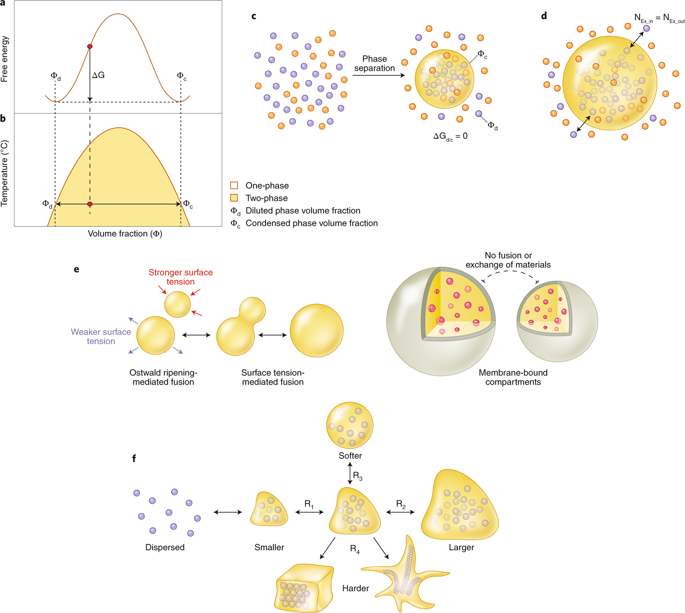当前位置:
X-MOL 学术
›
Nat. Neurosci.
›
论文详情
Our official English website, www.x-mol.net, welcomes your
feedback! (Note: you will need to create a separate account there.)
Phase separation at the synapse.
Nature Neuroscience ( IF 21.2 ) Pub Date : 2020-02-03 , DOI: 10.1038/s41593-019-0579-9 Xudong Chen 1 , Xiandeng Wu 1 , Haowei Wu 1 , Mingjie Zhang 1, 2
Nature Neuroscience ( IF 21.2 ) Pub Date : 2020-02-03 , DOI: 10.1038/s41593-019-0579-9 Xudong Chen 1 , Xiandeng Wu 1 , Haowei Wu 1 , Mingjie Zhang 1, 2
Affiliation

|
Emerging evidence indicates that liquid-liquid phase separation, the formation of a condensed molecular assembly within another diluted aqueous solution, is a means for cells to organize highly condensed biological assemblies (also known as biological condensates or membraneless compartments) with very broad functions and regulatory properties in different subcellular regions. Molecular machineries dictating synaptic transmissions in both presynaptic boutons and postsynaptic densities of neuronal synapses may be such biological condensates. Here we review recent developments showing how phase separation can build dense synaptic molecular clusters, highlight unique features of such condensed clusters in the context of synaptic development and signaling, discuss how aberrant phase-separation-mediated synaptic assembly formation may contribute to dysfunctional signaling in psychiatric disorders, and present some challenges and opportunities of phase separation in synaptic biology.
中文翻译:

突触相分离。
新兴证据表明,液相-液相分离是在另一种稀释的水溶液中形成浓缩的分子组装体,是细胞组织高度浓缩的生物组装体(也称为生物浓缩物或无膜隔室)的一种手段,具有非常广泛的功能和调控在不同亚细胞区域的特性。指示神经元突触的突触前突触和突触后密度的突触传递的分子机制可能是这样的生物凝结物。在这里,我们回顾了最近的进展,这些进展表明相分离如何建立密集的突触分子簇,并突出了这种聚集簇在突触发展和信号传导背景下的独特特征,
更新日期:2020-02-03
中文翻译:

突触相分离。
新兴证据表明,液相-液相分离是在另一种稀释的水溶液中形成浓缩的分子组装体,是细胞组织高度浓缩的生物组装体(也称为生物浓缩物或无膜隔室)的一种手段,具有非常广泛的功能和调控在不同亚细胞区域的特性。指示神经元突触的突触前突触和突触后密度的突触传递的分子机制可能是这样的生物凝结物。在这里,我们回顾了最近的进展,这些进展表明相分离如何建立密集的突触分子簇,并突出了这种聚集簇在突触发展和信号传导背景下的独特特征,































 京公网安备 11010802027423号
京公网安备 11010802027423号